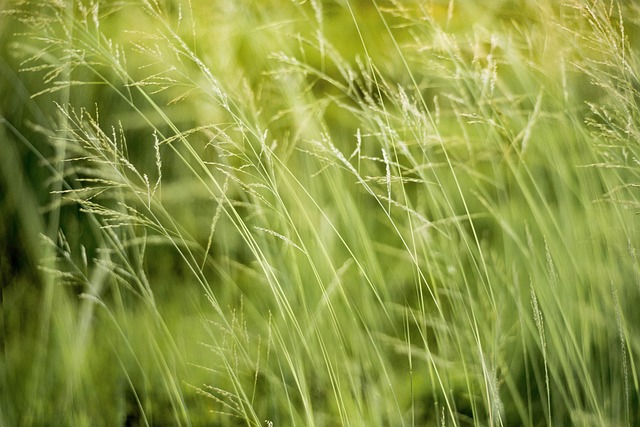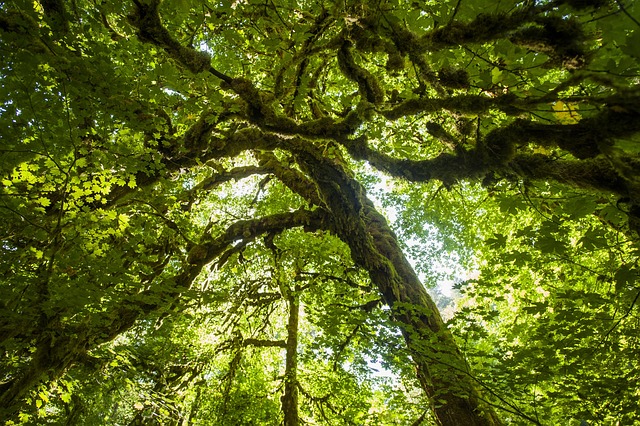Native plants are becoming a popular choice in real estate due to their environmental benefits. They require less water, support local wildlife, and enhance ecosystem health, making them ideal for eco-friendly gardens. The trend is driven by buyers seeking sustainable properties and sellers aiming to increase value. Their low maintenance and drought resistance appeal to homeowners. Strategically planting native species in sunny areas with minimal wind exposure promotes growth and reduces water needs. This practice aligns with real estate's focus on sustainability, increasing property values while conserving resources. Landscapers benefit from reduced maintenance, lower water usage, and improved curb appeal, making them a winning choice for eco-conscious buyers.
“Elevate your real estate with native plants—a sustainable and aesthetically pleasing choice. In this guide, we explore how low-water native flora can transform landscapes while benefiting property values. Discover the ecological value of these plants and learn practical strategies for selection and implementation. From drought-resistant perennials to hardy shrubs, this approach offers a harmonious blend of beauty and conservation. Maximize your real estate’s potential with these water-efficient, native plant solutions.”
Understanding the Value of Native Plants in Real Estate

Native plants have become increasingly valuable in the real estate sector, offering a sustainable and aesthetically pleasing option for landscaping. In today’s market, where environmental consciousness is on the rise, buyers and sellers alike are recognizing the benefits of opting for indigenous flora. Not only do native plants require minimal water maintenance, but they also provide a haven for local wildlife, contributing to a healthier ecosystem within the community.
This trend is especially prominent in areas striving for more eco-friendly and drought-resistant gardens. Real estate professionals are now emphasizing the long-term advantages of incorporating native species, which can enhance property values and appeal to environmentally conscious buyers. The low-maintenance nature of these plants makes them a practical choice for busy homeowners, ensuring beautiful outdoor spaces with less effort and water consumption.
Selecting and Implementing Low-Water Native Plants

When considering native plants for your landscape, especially in areas with water conservation efforts, selecting low-water varieties is a smart move that can save you time and resources while promoting local ecosystems. Many native plant species are well-adapted to survive on minimal moisture, making them ideal choices for gardens and properties looking to reduce their water footprint.
Implementing these plants requires a strategic approach. Researching which species thrive in your specific climate and soil conditions is key. Once selected, arrange your garden or outdoor space with these plants in areas where they can receive adequate sunlight but not be excessively exposed to high winds or excessive heat, as this could stress them. Grouping them together also helps create a natural ecosystem that supports local wildlife and reduces the need for additional watering.
Benefits for Landscapers and Property Values

Using native plants that require minimal water offers numerous advantages for landscapers and can significantly impact property values. One of the key benefits is reduced maintenance, as these plants are adapted to local conditions, requiring less care and resources compared to non-native species. This not only saves time and money for landscapers but also contributes to sustainability by decreasing overall water usage.
Furthermore, properties with well-maintained native landscaping can experience increased visual appeal and curb appeal, which directly translates to higher real estate values. Homebuyers increasingly appreciate the beauty and ecological benefits of native plants, making low-maintenance, drought-resistant gardens highly desirable. This trend is particularly relevant in areas facing water scarcity, where responsible land use and conservation become top priorities.






